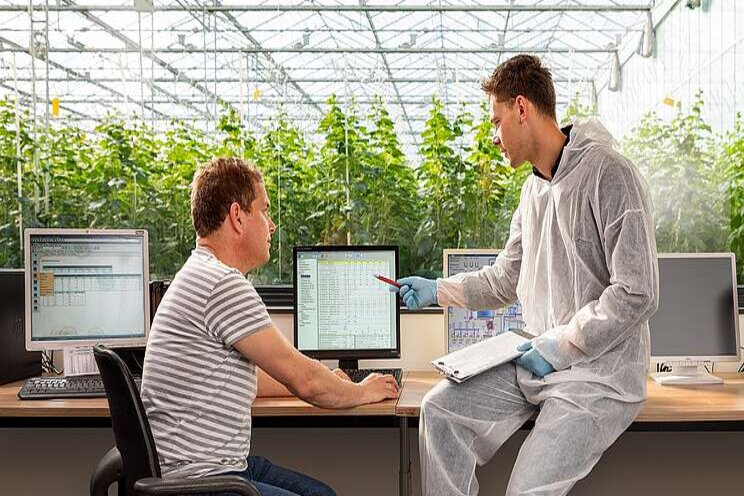The future of autonomous growing
Added on 09 October 2020

Part of the final score in the Autonomous Greenhouse Challenge was determined by the cultivation performance of the teams, which was rated on profitability and sustainability factors, such as consumption of energy, water, CO2, and nutrients. "This was calculated based on the achieved cultivation results, which we as jury could not influence." Next the jury assessed the AI strategy of the teams, which was judged based on functionality, robustness, scalability, innovativeness, and whether the strategy was autonomous. "All teams incorporated AI in their strategy very well. However, we also noticed that AI alone is not yet going to get you where you want to go. The combination of AI and horticultural knowledge is still essential."
At the end of the assessment process team AuTomatoes was proclaimed the winner. "The team really differentiated itself from the other teams by focusing on the plant, which I think is very important. In addition, they made very good use of the available knowledge about horticulture and plants within the team. Together with very good data analysis this was a winning combination. They also scored very high on robustness of their AI strategy. They made error analyses, and created fall back scenarios, which makes their strategy applicable on a larger scale."
"I was surprised to see the good results of all five teams. It shows there is a great opportunity for autonomous growing. It is still in the start-up phase, but can support growers in their cultivation. A lot more is possible, which will be shown in the coming years."
So what do growers that want to start with autonomous growing need to do? "The Challenge showed autonomous growing is already working very well. Growers should start looking at data more. They have to install more sensors, and collect and analyze the data. They don't need to run their whole greenhouse autonomously right away. Start by setting bandwidths within which your process computer is free to operate. When this is going well, you can expand these bandwidths. For growers now is the time to start gaining experience. Now is the time to start!"
Source: Hoogendoorn
Source: Hoogendoorn
More news















